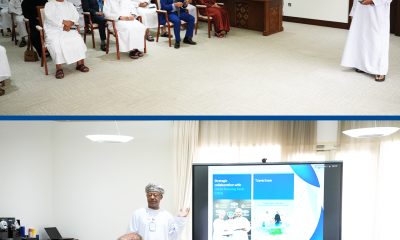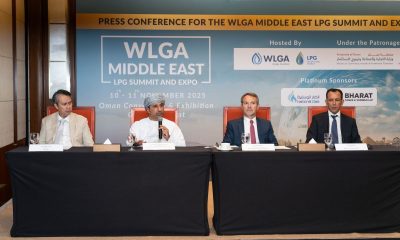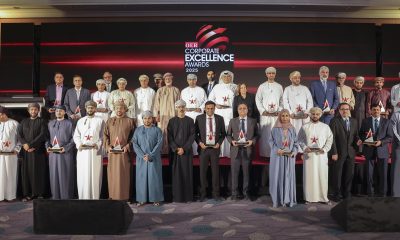Economy
Oman’s Mining Sector – Unearthed Potential

The mining sector in Oman identifies as one of the top five primary sectors with the potential to carry out economic diversification. The sector has seen a robust increase in investments of late, in the wake of this agenda. The mineral-rich Sultanate has an abundance of metallic – Copper, Chromite, and Laterite, and non-metallic – Gypsum, Limestone, Gabbro, Marble, Kaolin, Quartz, Clay, Basalt, Potash, and Dolomite – deposits. The discovery of these essential mineral resources has triggered an array of large-scale exploration, mining, and extraction projects.
Public Authority for Mining
The public authority for Mining (PAM) was founded in 2014 by Royal decree, as the regulator and strategist for Oman’s growing minerals and mining industry. In 2018, PAM conducted a six-week long mining lab, that shared discourse on best strategies to apply in order to increase investments in the mining sector. PAM concluded the symposium with fruitful results – a plan for approximately 43 projects with an estimated value of RO813mn, a whopping 99 percent of the initiative to be carried out by the private sector.
Investment Incentives
In order to boost the economic contribution of the mining sector to its economic diversification plans, Oman wants to boost investments within the sector. The Sultanate has introduced new legislation which dictates that investors can acquire mining permits under a more transparent legal framework. Investors will also be able to enjoy shorter approval times and fair royalty rates. Additionally, mining permits for projects that span an area of under 5 sq. km will see an extension from one year to five years, and those that cover an area of more than 5 sq. km will be awarded an extension from 20 years to 30.
Conservation from Exploitation
To safeguard its resources from wrongful exploitation, the Sultanate has several measures in place. First and foremost, Oman’s new mining law dictates that all mineral resources within Oman’s territory, which includes exclusive economic free zones, are the property of the state. Ownership, exploration, and mining of these resources will be conducted under the watchful eyes of PAM. The law also stipulates that public tenders for mining will be issued based on merit and fair play.
Contribution to the GDP
In 2017, the mining sector in the Sultanate saw a growth of 16.4 percent. PAM has identified private sector based mining projects with an investment value of $2bn. The projects stemming from PAM’s 2018 mining lab initiative predict a projected growth of RO378mn by 2023 in the mining sector’s GDP contribution – to be three times more than its current input. The initiatives are also set to create around 1,600 new job opportunities for Omanis.
The mining sector’s growing sphere of influence within Oman’s economy will mayhap draw in more interested parties willing to invest in this burgeoning sector. Unearthing the Sultanate’s minerals has consequently also unearthed the mining sector’s potential to rise as a primary player in Oman’s economic diversification agenda.
-

 Alamaliktistaad Magazines2 months ago
Alamaliktistaad Magazines2 months agoAlam Al Iktisaad – September 2025 Edition
-

 News2 months ago
News2 months agoKitchenomiKs Secures Investment of US$3.2M Led by Jasoor Ventures
-

 Banking & Finance2 months ago
Banking & Finance2 months agoOman Arab Bank Highlights Its Ongoing Strategic Initiatives and Future Plans
-

 News2 months ago
News2 months agoIEA Expects Global Oil Market to Remain Oversupplied in 2026
-

 Energy2 months ago
Energy2 months agoWLGA Middle East LPG Summit & Expo 2025 to be held at OCEC on November 10 and 11
-

 Real Estate2 months ago
Real Estate2 months agoAl Mouj Muscat Unveils Azura Beach Residences Phase 2: A New Chapter in Waterfront Living
-

 Leaders Speak1 month ago
Leaders Speak1 month agoDhofar International Development and Investment Company: Driving Sustainable Growth and Strategic Synergies in Oman’s Investment Landscape
-

 Events1 month ago
Events1 month agoOER Corporate Excellence Awards 2025 Honours Entities and Innovations in Oman
































You must be logged in to post a comment Login